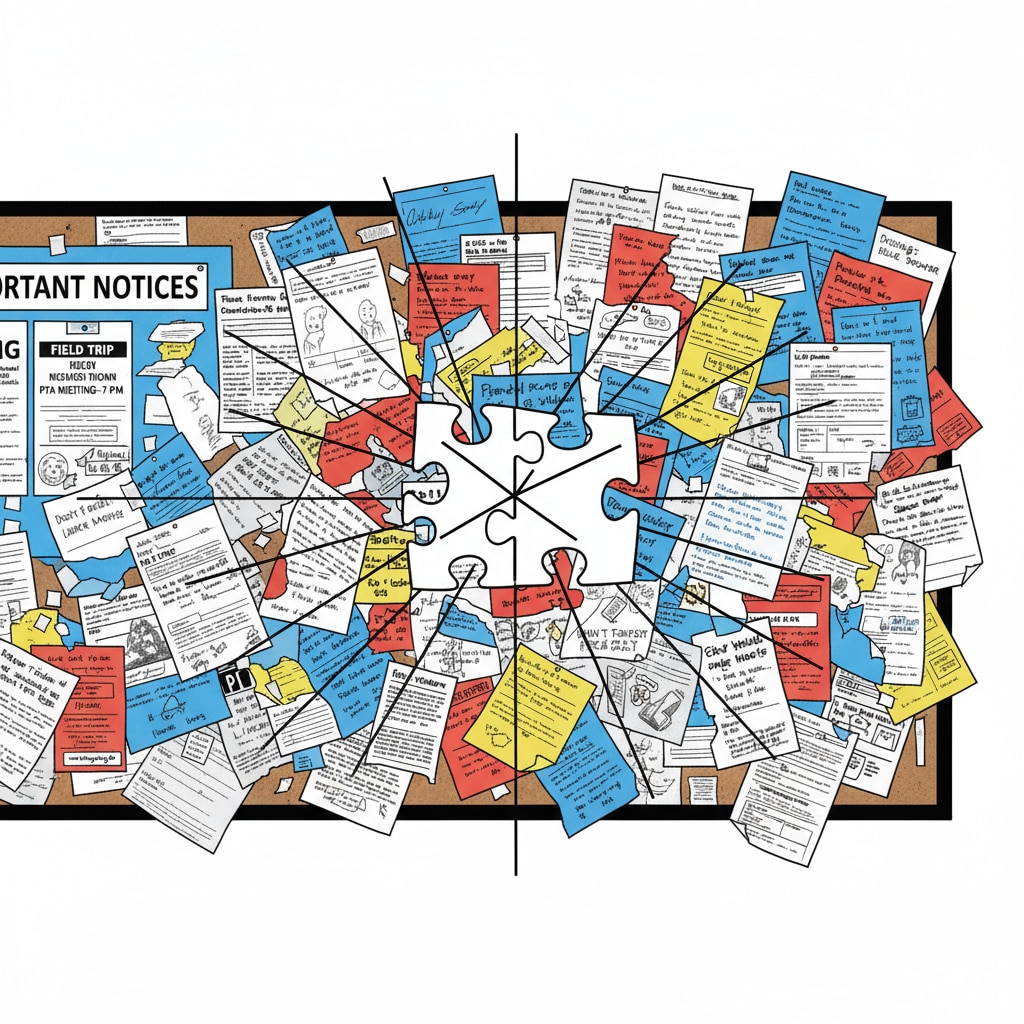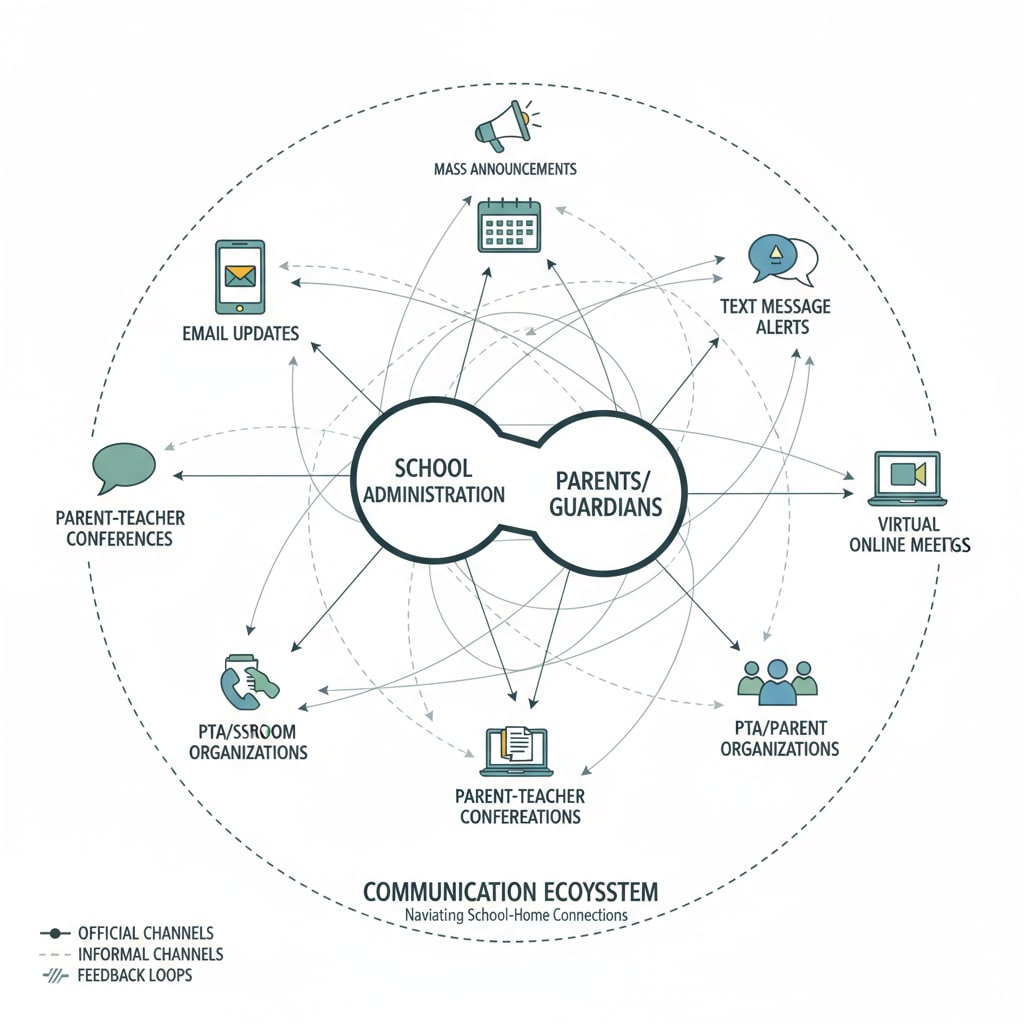In the realm of education, school communication, parent association, and information management play pivotal roles. However, the current communication system between schools and parents is fraught with challenges, mainly the severe issue of information fragmentation. This often leads to crucial information being overlooked.

Let’s take a closer look at these obstacles and explore potential solutions.
The Hurdles in Current School-Parent Communication
One of the primary problems is the multiplicity of communication channels. Schools may use emails, text messages, social media groups, and dedicated school apps. Parents, on the other hand, struggle to keep track of all these sources. For example, important announcements sent via email might get buried in the daily influx of messages. As a result, parents may miss out on vital information regarding school events, student progress, or curriculum changes. This lack of a unified information source is a significant roadblock in effective school communication. Communication in education on Wikipedia

The Need for a Centralized Platform
To address these issues, a centralized home-school communication platform is essential. Such a platform would serve as a one-stop destination for all school-related information. Parents could log in to a single application or website to access announcements, class schedules, and their child’s academic progress. This would not only streamline the information flow but also enhance the efficiency of information management. By centralizing data, schools can ensure that parents receive timely and accurate information, reducing the chances of miscommunication. Educational administration on Britannica
Moreover, a centralized platform can be customized to meet the individual needs of parents and students. For instance, parents could set preferences to receive notifications only about specific topics that concern them, such as their child’s extracurricular activities or upcoming exams. This personalized approach would make the communication more relevant and engaging, thus strengthening the parent association within the school community.
In addition to centralization and personalization, interactivity is a key aspect of an effective home-school communication platform. The platform should facilitate two-way communication between schools and parents. Teachers could initiate discussions, share student achievements, and seek parental input. Parents, in turn, could ask questions, provide feedback, and stay actively involved in their child’s education.
Readability guidance: The problems in current school-parent communication are numerous, like the scattered channels. A centralized platform can solve many of these issues by streamlining information. Personalization and interactivity further enhance the effectiveness of this platform. By implementing these features, we can revolutionize school communication, parent association, and information management.


